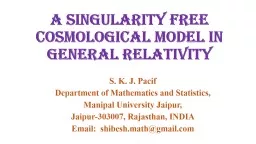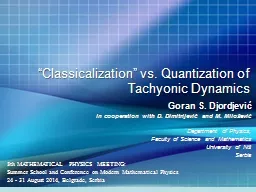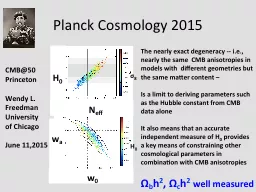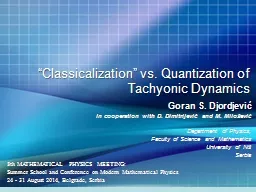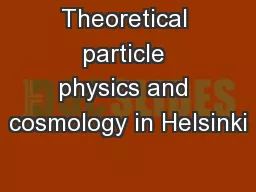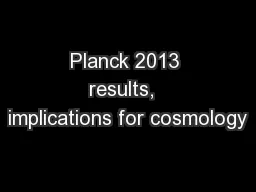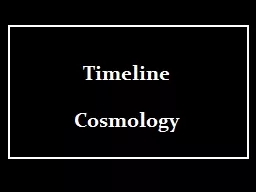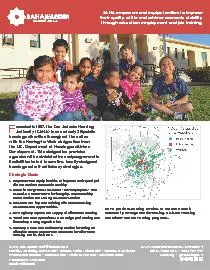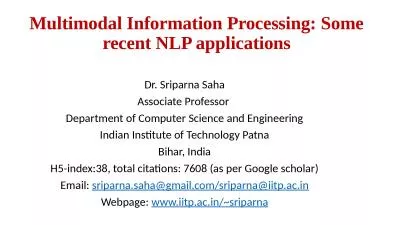PPT-SAHA THEORY WORKSHOP: COSMOLOGY AT THE INTERFACE
Author : alexa-scheidler | Published Date : 2016-12-20
January 2830 2015 Organized By Saha Institute of Nuclear Physics A Singularity Free Cosmological Model in General Relativity S K J Pacif Department of Mathematics
Presentation Embed Code
Download Presentation
Download Presentation The PPT/PDF document "SAHA THEORY WORKSHOP: COSMOLOGY AT THE I..." is the property of its rightful owner. Permission is granted to download and print the materials on this website for personal, non-commercial use only, and to display it on your personal computer provided you do not modify the materials and that you retain all copyright notices contained in the materials. By downloading content from our website, you accept the terms of this agreement.
SAHA THEORY WORKSHOP: COSMOLOGY AT THE INTERFACE: Transcript
Download Rules Of Document
"SAHA THEORY WORKSHOP: COSMOLOGY AT THE INTERFACE"The content belongs to its owner. You may download and print it for personal use, without modification, and keep all copyright notices. By downloading, you agree to these terms.
Related Documents

